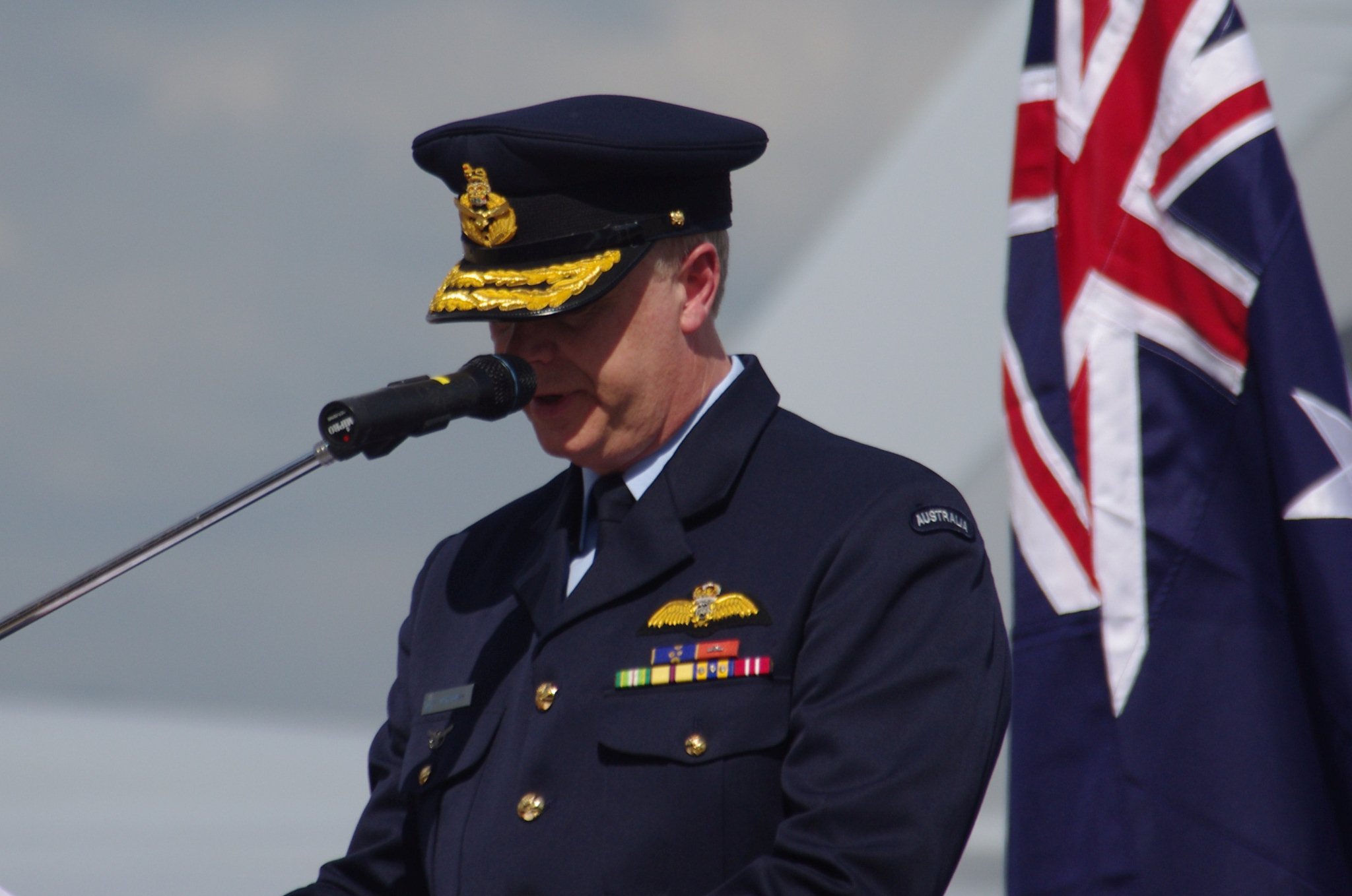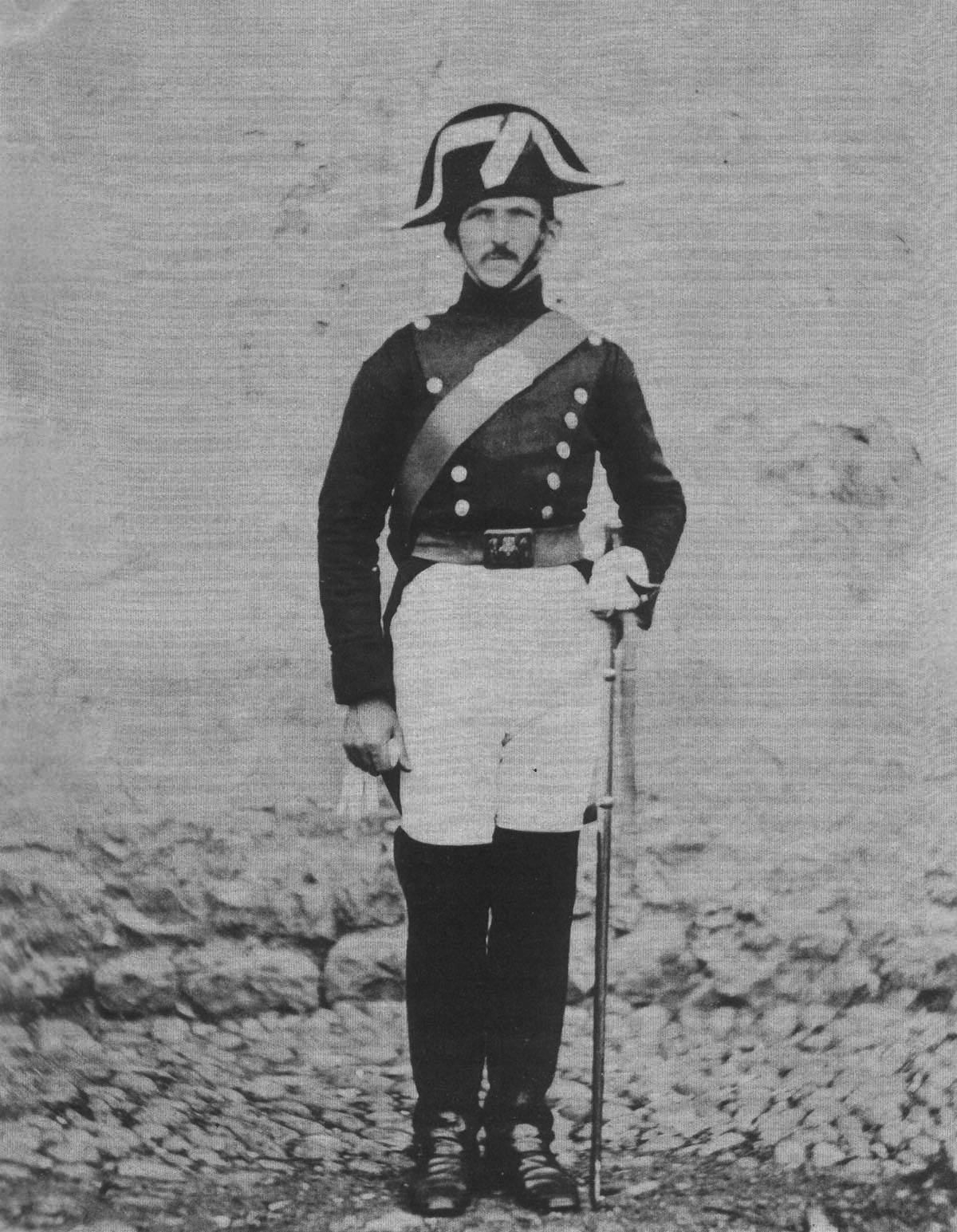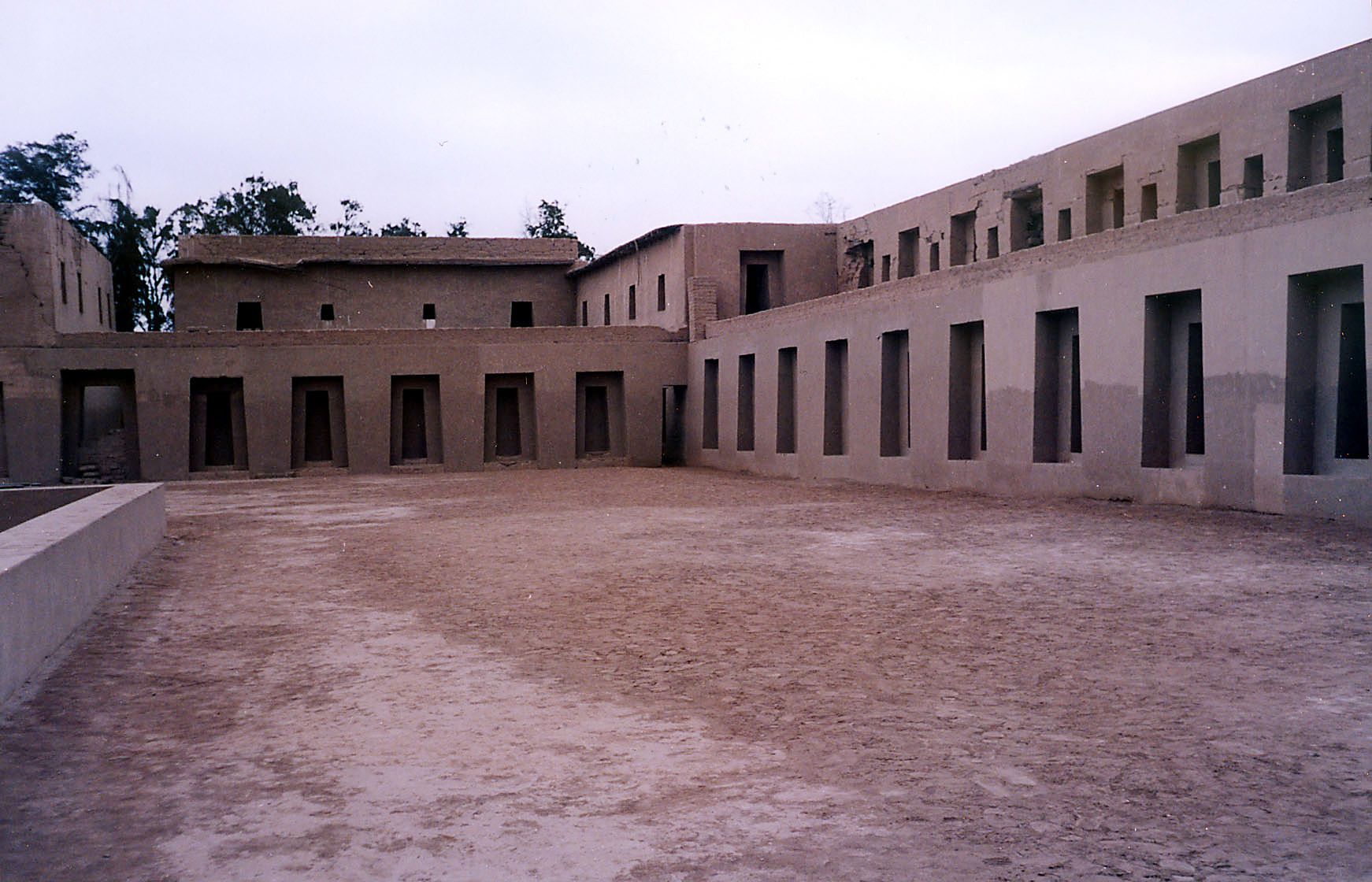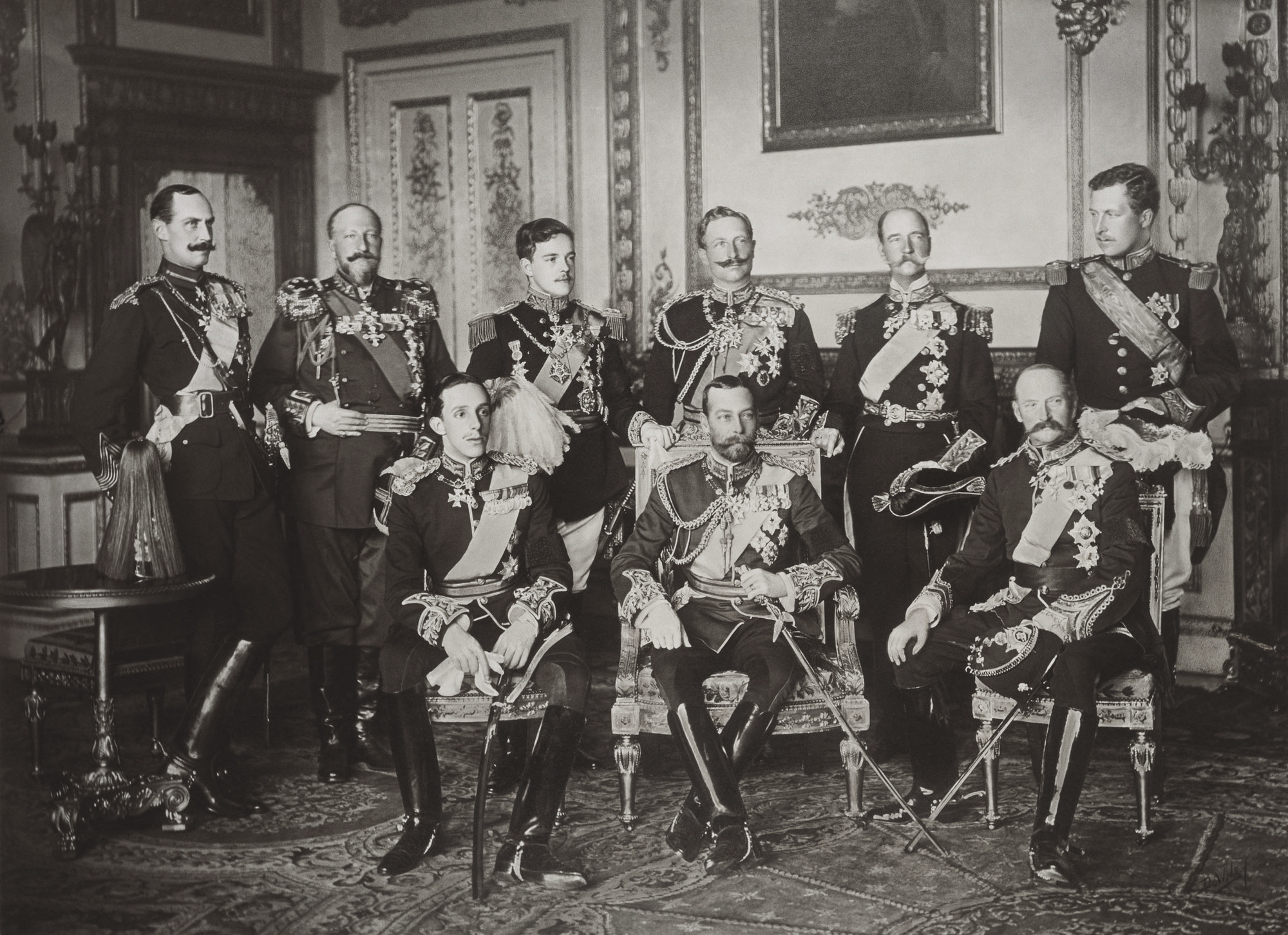|
Civil Guard (Peru)
The Civil Guard (; ) was the main preventive police force of Peru until its dissolution in 1988. As a national gendarmerie force, it was responsible for civil Police, policing under the authority of the Ministry of the Interior (Peru), Ministry of the Interior, while investigative work was carried out by the Peruvian Investigative Police. It was also supported at times by the Republican Guard (Peru), Republican Guard. During its dissolution process, it became known as the General Police () until its formal integration into the National Police of Peru in 1991. The corps is colloquially known as the ' (reputable). It was modelled after the Spanish Civil Guard (Spain), Civil Guard, which assisted in its formation. History Origin The origins of the Civil Guard date back to 1873, when President Manuel Pardo (politician), Manuel Pardo approved and signed two Supreme Decrees on December 31 of 1873 (published in El Peruano, the Peruvian Government's official newspaper, on January 28, 1 ... [...More Info...] [...Related Items...] OR: [Wikipedia] [Google] [Baidu] |
El Comercio (Peru)
is a Peruvian newspaper based in Lima. Founded in 1839, it is the oldest newspaper in Peru and one of the oldest Spanish language, Spanish-language papers in the world. It has a daily circulation of more than 120,000. It is considered a newspaper of record and one of the most influential media in Peru. History 19th century ''El Comercio'' began as a commercial, political and literary newspaper. Its first publication was on Saturday, May 4, 1839 by José Manuel Amunátegui y Muñoz (Chile, — Lima ) and Alejandro Villota (Buenos Aires, — Paris, ). It was originally a one-sheet afternoon newspaper printed on both sides in tabloid format. The price of the first edition was one Spanish real, silver real. Its motto was "Order, freedom, knowledge." In total there were ten people who prepared the first issue. Printing was made on a handlebar "Scott" flatbed press, powered by a mule-driven winch. Its first headquarters was the Casa de la Pila, located at Calle del Arzobispo No. 147 ... [...More Info...] [...Related Items...] OR: [Wikipedia] [Google] [Baidu] |
El Peruano
''Diario Oficial El Peruano'' (''The Peruvian Official Newspaper'') is the official daily newspaper of Peru. The paper was founded on 22 October 1825 by Simón Bolívar although it changed names between the following decades and it was not published continuously since its inception. It is the oldest Spanish-language newspaper still in circulation. In addition to carrying news, all laws passed in Peru must be published by ''El Peruano''. It is currently edited by Delfina Becerra González. It is published by the Peruvian Company of Editorial Services SA - Editora Peru (''Empresa Peruana de Servicios Editoriales SA - EDITORA PERÚ''), a state enterprise under private law. The company was created as part of the national information system (''Sistema Nacional de Información'') established by ''Decreto Ley'' No. 20550 of 5 March 1974. This law included the various collective state media under a unified management, the majority of which returned to private ownership following the dep ... [...More Info...] [...Related Items...] OR: [Wikipedia] [Google] [Baidu] |
Peaked Cap
A peaked cap, peaked hat, service cap, barracks cover, or combination cap is a form of headgear worn by the armed forces of many nations, as well as many uniformed civilian organisations such as law enforcement agencies and fire departments. It derives its name from its short visor, or peak, which was historically made of polished leather but increasingly is made of a cheaper synthetic substitute. The term forage cap is also used, although that also applies to the "field service cap" or the side cap. Other principal components are the crown, band, and insignia, typically a cap badge and scrambled egg (uniform), embroidery in proportion to rank. Piping is also often found, typically in contrast to the crown colour, which is usually white for navy, blue for air force, and green for army. The band is typically a dark, contrasting colour, often black, but may be patterned or striped. In the British Army, each regiment and corps has a different badge. In the United States Armed Force ... [...More Info...] [...Related Items...] OR: [Wikipedia] [Google] [Baidu] |
Kepi
The kepi ( ) is a cap with a flat circular top and a peak, or visor. In English, the term is a loanword from , itself a re-spelled version of the , a diminutive form of , meaning . In Europe, the kepi is most commonly associated with French military and police uniforms, though versions of it were widely worn by other armies during the late 19th and early 20th centuries. In North America, it is usually associated with the American Civil War, as it was worn by soldiers on both sides of the conflict. French Army The kepi was formerly the most common headgear in the French Army. Its predecessor originally appeared during the 1830s, in the course of the initial stages of the occupation of Algeria, as a series of various lightweight cane-framed cloth undress caps called '' casquette d'Afrique''. These were intended as alternatives to the heavier, cloth-covered leather French Army shako. As a light and comfortable headdress, it was adopted by the metropolitan (French mainland) inf ... [...More Info...] [...Related Items...] OR: [Wikipedia] [Google] [Baidu] |
Hospital Civil De La Misericordia
The Hospital Civil de la Misericordia, also known as the Hospicio de Insanos or Manicomio del Cercado, was a mental institution that operated in the former Quinta Cortés of the neighbourhood of Barrios Altos, in Lima, Peru, between the years 1859 and 1918. A Civil Guard training school was inaugurated on the former hospital's premises after its closure, which is currently used by the National Police of Peru. History During the first years of the Republic of Peru, the so-called " loquerías" operated in Lima, the one for men in the Hospital de San Andrés and the one for women in the Hospital de Santa María de la Caridad (located at the Inquisition Square), and from 1840, in the Hospital de Santa Ana; Both hospitals had been founded during the Viceroyalty of Peru, in the 16th century. The poor conditions in which the inmates of the ''loquerias'' were found were repeatedly denounced by the doctor . Thus, in a document written by him in 1859, he states that: “It is impossibl ... [...More Info...] [...Related Items...] OR: [Wikipedia] [Google] [Baidu] |
Miguel De Cervantes Virtual Library
The Miguel de Cervantes Virtual Library (MCVL; in , BVMC) is a large-scale digital library project, hosted and maintained by the University of Alicante in Alicante, Spain. It comprises the largest open-access repository of digitised Spanish-language historical texts and literature from the Ibero-American world. When officially launched in 1999, the BVMC was the first digital archive of Spanish-language texts on the internet, initially reproducing some 2,000 individual works by 400 of the most significant authors in Spanish, Latin American literary and Hispanic Africa. By 2005–2006 the number of registered and available works had reached over 22,000. The library is named for Miguel de Cervantes, the famous 16th-century Spanish author and one of the most illustrious names in world literary history. From its inception in 1999, this library has chosen to apply structural markup based on XML Extensible Markup Language (XML) is a markup language and file format for storing, tr ... [...More Info...] [...Related Items...] OR: [Wikipedia] [Google] [Baidu] |
Spanish Civil Guard
The Civil Guard (; ) is one of the two national law enforcement agencies of Spain. As a national gendarmerie, it is military in nature and is responsible for civil policing under the authority of both the Ministry of the Interior and the Ministry of Defence. The role of the Ministry of Defence is limited except in times of war when the Ministry has exclusive authority. The corps is colloquially known as the ' (the meritorious or the reputables). In annual surveys, it generally ranks as the national institution most valued by Spaniards, closely followed by other law enforcement agencies and the armed forces. It has both a regular national role and undertakes specific foreign peacekeeping missions and is part of the European Gendarmerie Force. As a national gendarmerie force, the Civil Guard was modelled on the French National Gendarmerie and has many similarities. As part of its daily duties, the Civil Guard patrols and investigates crimes in rural areas, including highways and ... [...More Info...] [...Related Items...] OR: [Wikipedia] [Google] [Baidu] |
Lima
Lima ( ; ), founded in 1535 as the Ciudad de los Reyes (, Spanish for "City of Biblical Magi, Kings"), is the capital and largest city of Peru. It is located in the valleys of the Chillón River, Chillón, Rímac River, Rímac and Lurín Rivers, in the desert zone of the central coastal part of the country, overlooking the Pacific Ocean. The city is considered the political, cultural, financial and commercial center of Peru. Due to its geostrategic importance, the Globalization and World Cities Research Network has categorized it as a "beta" tier city. Jurisdictionally, the metropolis extends mainly within the province of Lima and in a smaller portion, to the west, within the Constitutional Province of Callao, where the seaport and the Jorge Chávez Airport are located. Both provinces have regional autonomy since 2002. The 2023 census projection indicates that the city of Lima has an estimated population of 10,092,000 inhabitants, making it the List of cities in the Americas b ... [...More Info...] [...Related Items...] OR: [Wikipedia] [Google] [Baidu] |
Alfonso XIII
Alfonso XIII (Spanish language, Spanish: ''Alfonso León Fernando María Jaime Isidro Pascual Antonio de Borbón y Habsburgo-Lorena''; French language, French: ''Alphonse Léon Ferdinand Marie Jacques Isidore Pascal Antoine de Bourbon''; 17 May 1886 – 28 February 1941), also known as El Africano or the African for his Africanist (Spain), Africanist views, was King of Spain from his birth until 14 April 1931, when the Second Spanish Republic was proclaimed. He became a monarch at birth as his father, Alfonso XII, had died the previous year. Alfonso's mother, Maria Christina of Austria, served as regent until he assumed full powers on his sixteenth birthday in 1902. Alfonso XIII's upbringing and public image were closely linked to the military estate; he often presented himself as a soldier-king. His effective reign started four years after the Spanish–American War, when various social milieus projected their expectations of national regeneration onto him. Like other European m ... [...More Info...] [...Related Items...] OR: [Wikipedia] [Google] [Baidu] |







